This Post May Contain Affiliate Links. Please Read Our Disclosure Policy.
This beef negimaki is both fun and easy to make at home! Tender and juicy beef is wrapped around tangy fresh scallions. This beef negimaki is finished off with a savory, yet slightly sweet homemade sauce that is simply delicious!
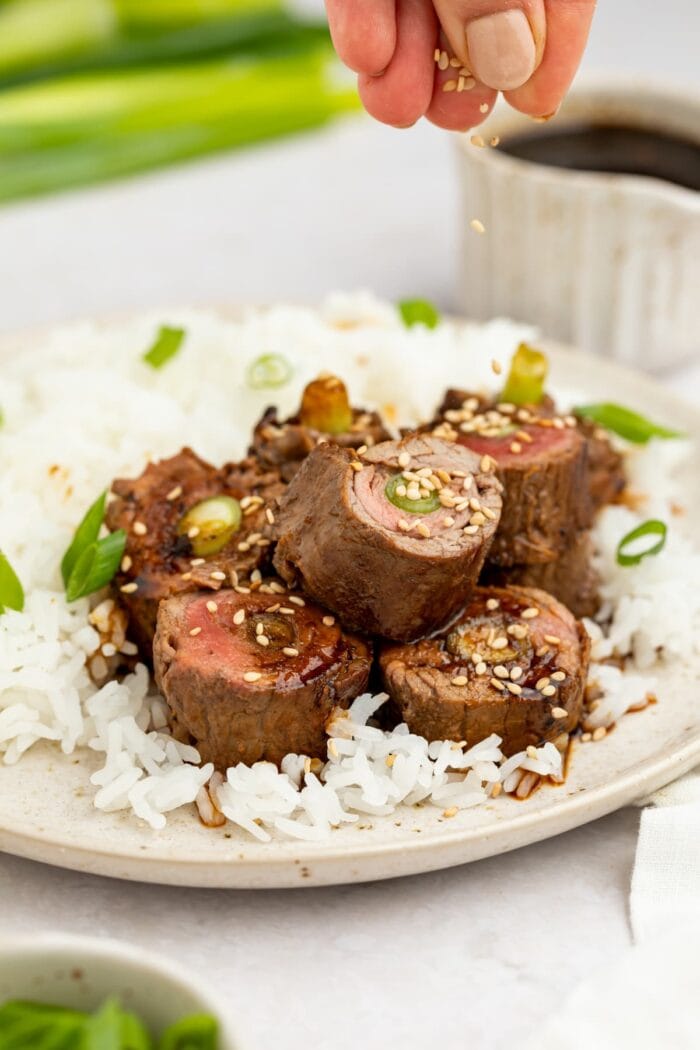
What Makes This Recipe So Good
- It’s surprisingly simple to make! This takeout favorite is easy to assemble and cook in the comfort of your own home. Simply wrap the beef and scallions, make the marinade, then cook – that’s it!
- It features a tangy, flavorful, and savory sauce! This beef negimaki sauce is extra flavorful and adds incredible taste to the dish. A few simple ingredients is all you’ll need to throw together this rich and delicious sauce!
- It’s actually fun to make! I love getting all hands on deck when assembling these beef rolls. Everyone will enjoy rolling and creating this exciting homemade meal.
Key Ingredients
Thinly Sliced Beef – Thinly sliced beef is essential to this beef negimaki recipe. It is important that the beef is thin and pliable enough to be rolled and wrapped around scallions. You should be able to find thinly sliced beef at your local grocery store or butcher’s shop. However, if you can’t track down pre-sliced beef, you can purchase a pound of flank steak and thinly slice it yourself.
Scallions – Also referred to as green onions, scallions are a bright green aromatic vegetable. They taste similar to onions, but have a much more mild, fresh flavor and are popular in Asian cuisine. To prepare the scallions for this recipe, simply start by slicing off and discarding the root ends. Then, cut each scallion in half to create two shorter scallion pieces. Once in two pieces, you can roll them into the beef!
Sake – This Japanese alcoholic beverage is another popular ingredient in Asian cuisine. In this beef negimaki recipe, the alcohol helps to both tenderize the beef as well as carry flavor. Don’t worry though, the alcohol gets cooked off during cooking. However, if you don’t have sake, you can use extra mirin or rice vinegar instead.
Chef’s Tips
- Use toothpicks to help you roll and secure this beef negimaki! This process is one that can take a few attempts to get the hang of. Therefore, make your life easier by using toothpicks to help you along the way.
- Simmer the sauce on low heat, while stirring frequently. Cooking the sauce at too high of a temperature won’t speed up the thickening process. Instead, it could crystalize and burn the sugar which we definitely want to avoid!
- Switch up the fillings however you’d like! Crispy carrots or asparagus would make great additions to the scallions in this beef negimaki recipe. Really any sliced vegetable will work inside of these rolls.
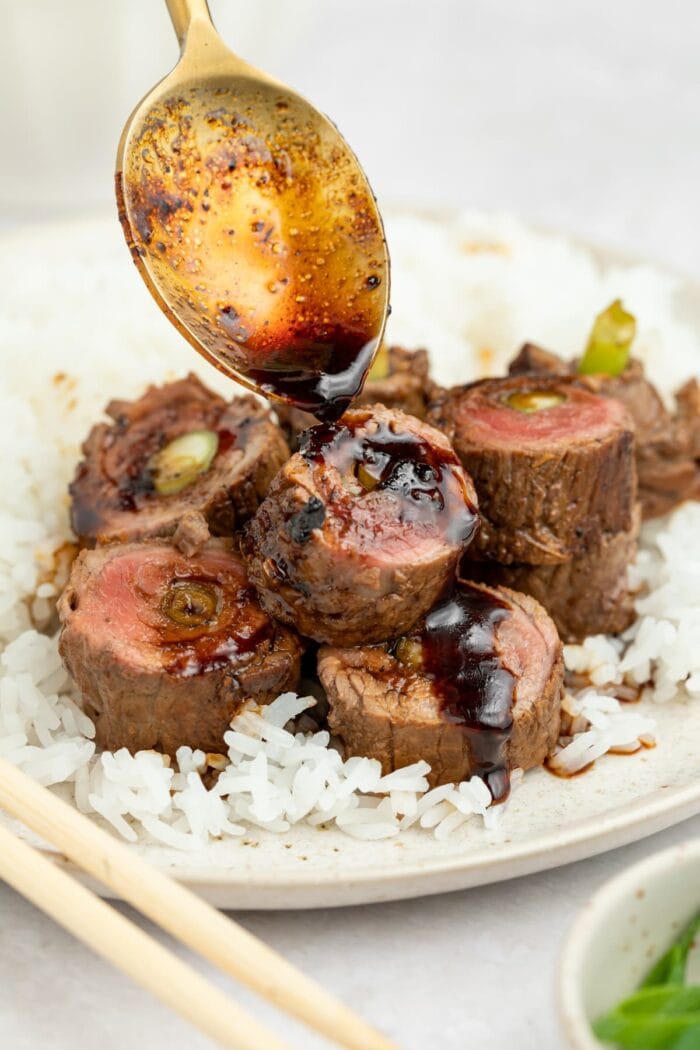
Other Delicious Asian Recipes
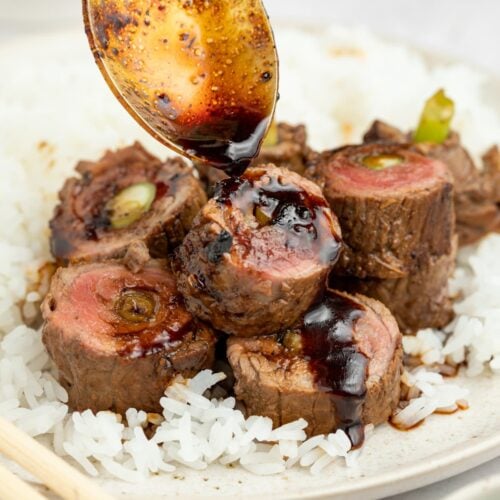
Beef Negimaki
Equipment
- Large skillet
- Baking dish
- Small bowl
Ingredients
- 1 pound thinly sliced beef
- 1 bunch scallions ends trimmed off and sliced in half
- ½ cup soy sauce
- ¼ cup mirin
- ¼ cup sake see Notes
- 3 tablespoons sugar
- 1 tablespoon oyster sauce
- 1-inch fresh ginger peeled and grated
- 1 tablespoon vegetable oil
Instructions
- Arrange sliced beef on a cutting board, roll half a scallion into each slice. Secure beef with toothpicks.
- Add soy sauce, mirin, sake, sugar, oyster sauce, and ginger to a small bowl and whisk until combined.
- Place rolls in a dish and cover with sauce, let marinate at room temperate for 20 minutes.
- Heat vegetable oil in a large skillet over medium-high heat. Remove beef rolls from marinade and cook in skillet for 5-8 minutes.
- Remove beef rolls from skillet, transfer marinade to skillet and bring to a boil then reduce to a simmer until sauce has reduced and thickened.
- Let sauce cool, remove toothpicks from beef rolls, and serve with sauce.
- Sake: You can use additional mirin or rice wine vinegar in place of the sake in this recipe.
- Make it Paleo: Replace the soy sauce with coconut aminos, sake with rice vinegar, and omit the sugar and oyster sauce.
Approximate Information for One Serving
Nutrition Disclaimers
Number of total servings shown is approximate. Actual number of servings will depend on your preferred portion sizes.
Nutritional values shown are general guidelines and reflect information for 1 serving using the ingredients listed, not including any optional ingredients. Actual macros may vary slightly depending on specific brands and types of ingredients used.
To determine the weight of one serving, prepare the recipe as instructed. Weigh the finished recipe, then divide the weight of the finished recipe (not including the weight of the container the food is in) by the desired number of servings. Result will be the weight of one serving.
Did You Make This Recipe?
Tag @40aprons on Instagram and be sure to leave a review on the blog post!

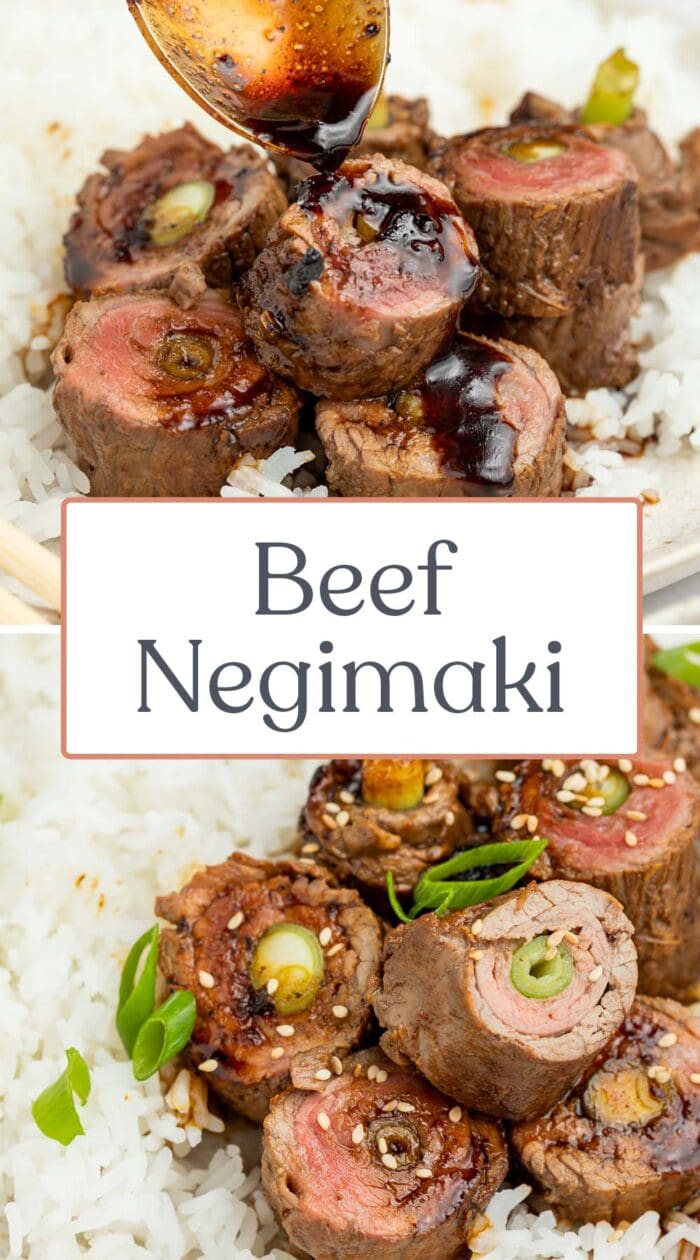
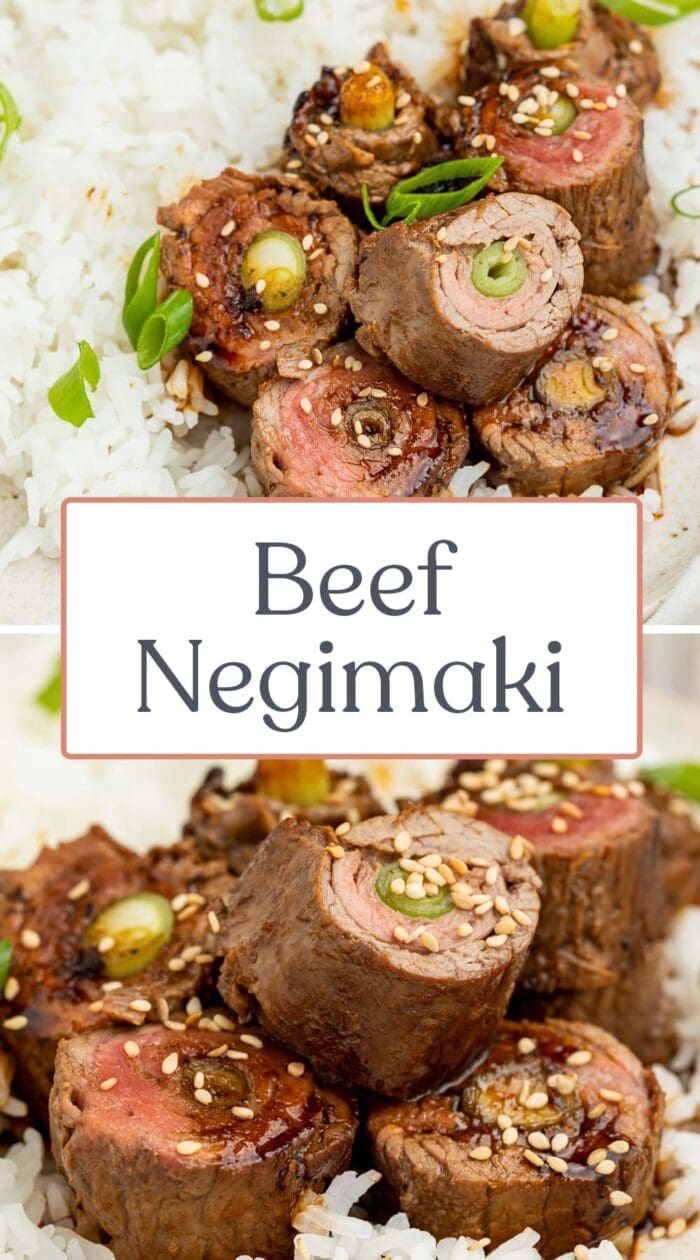
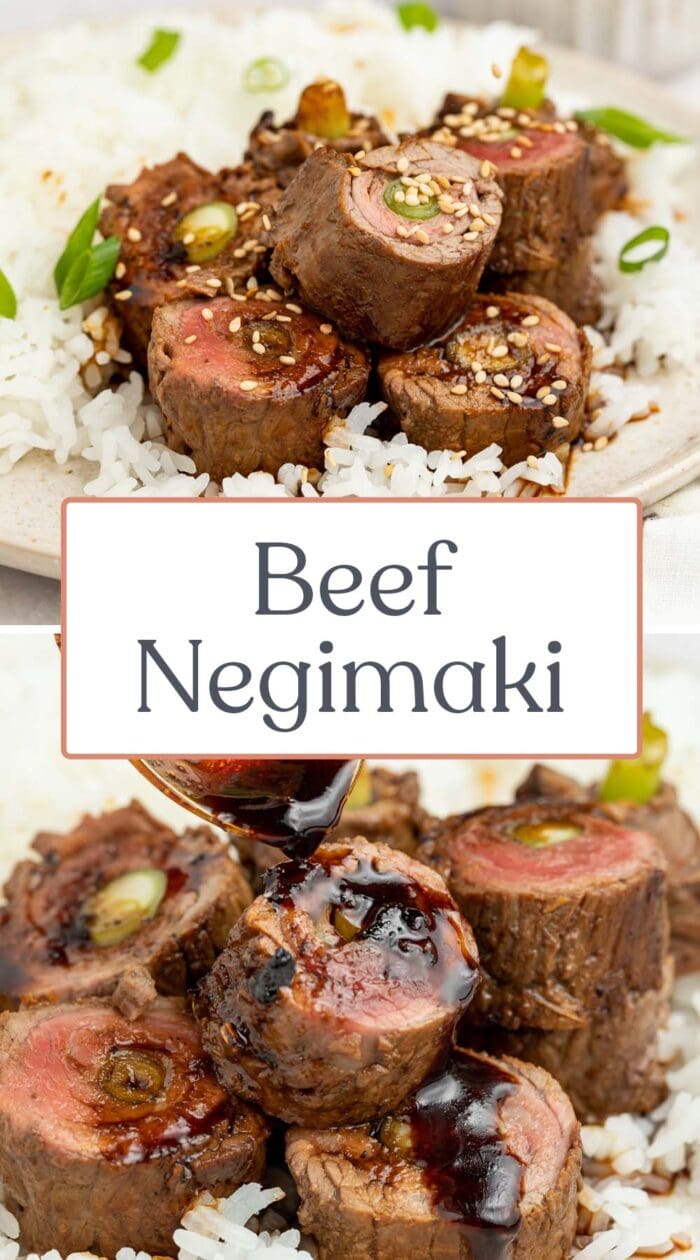

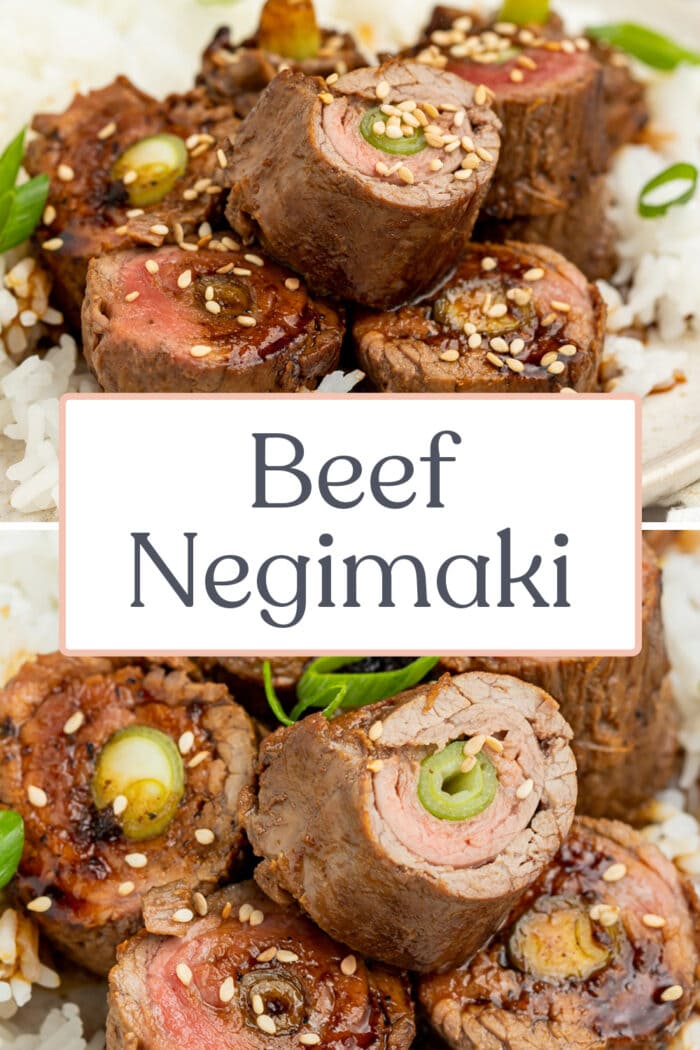
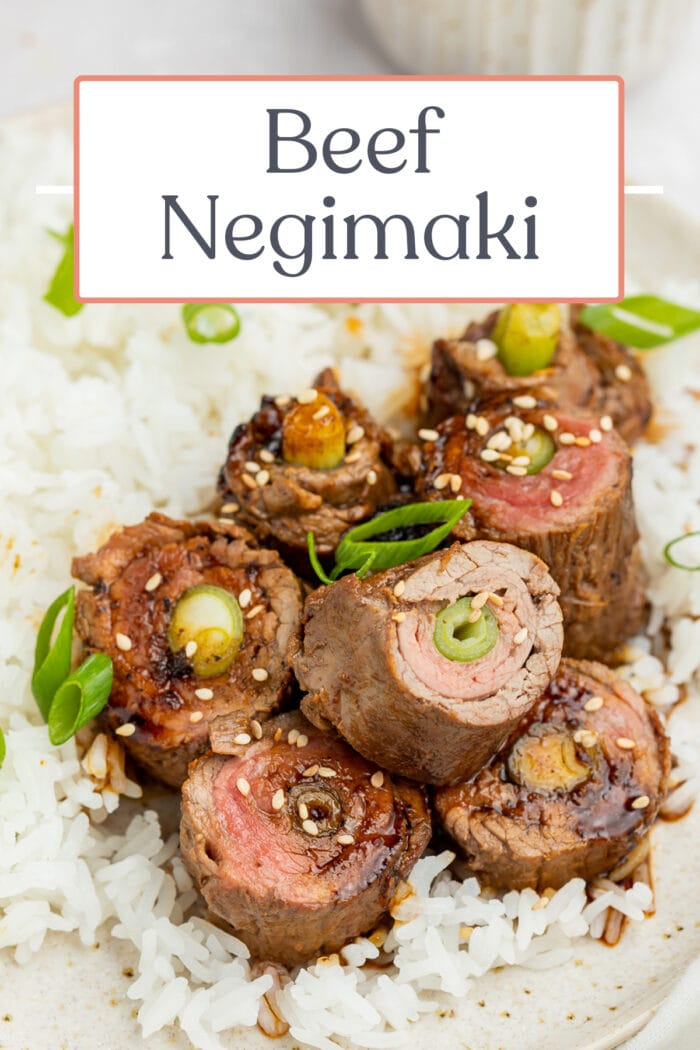
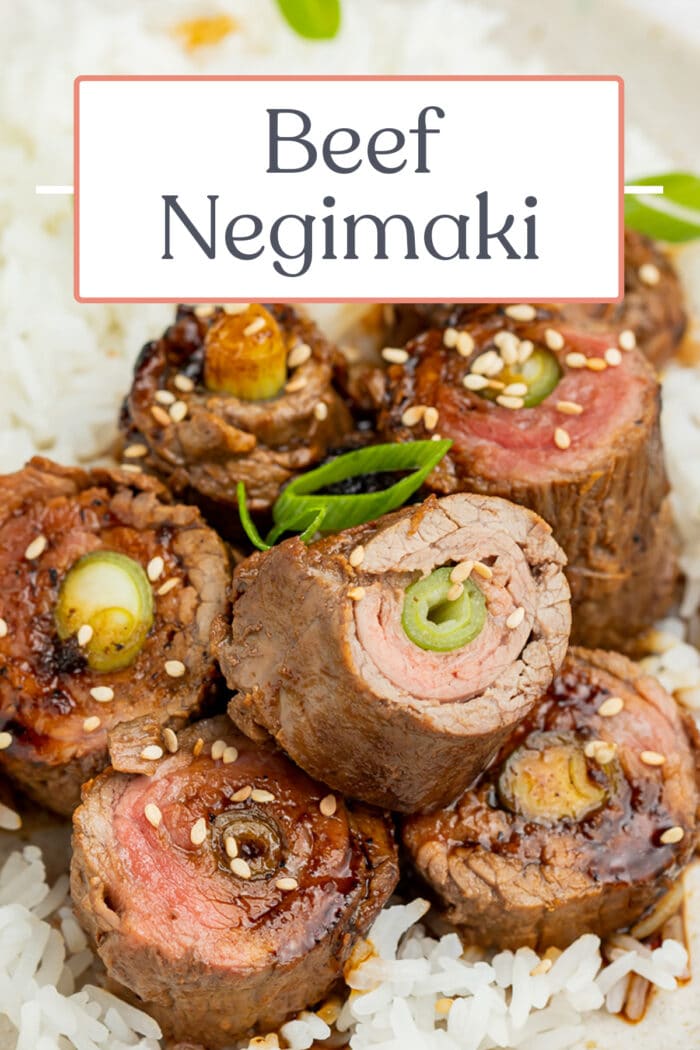
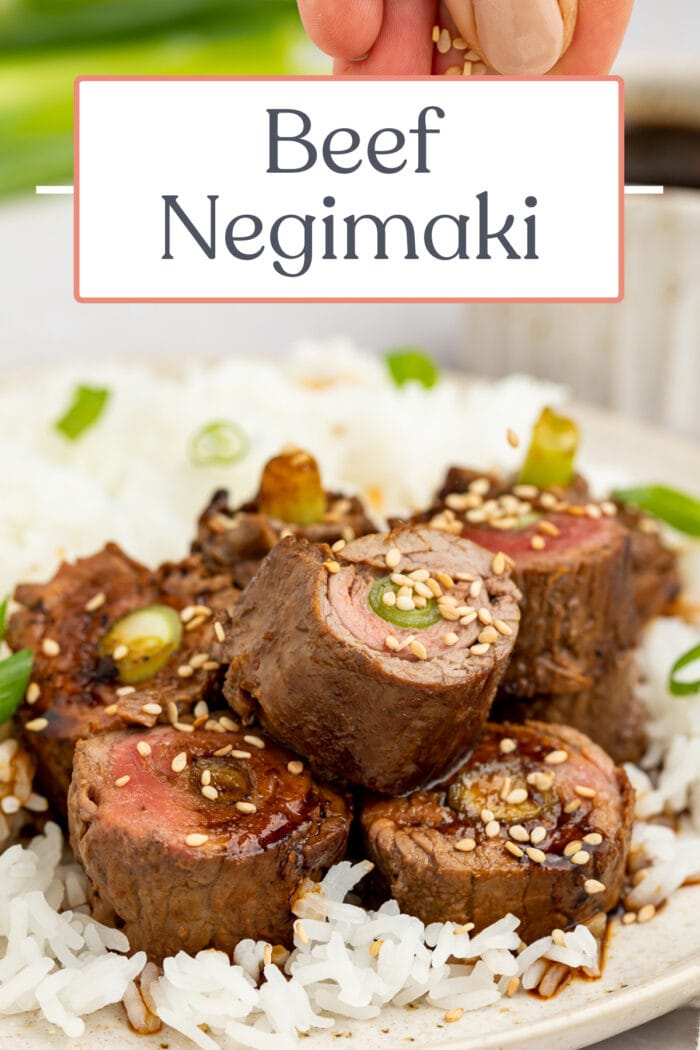
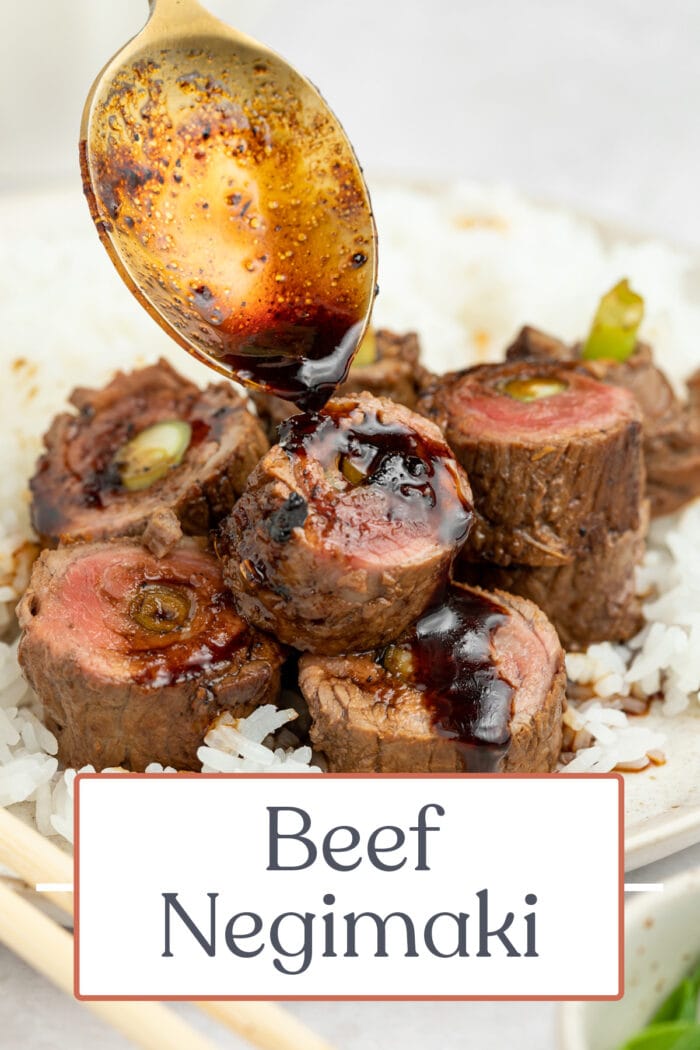
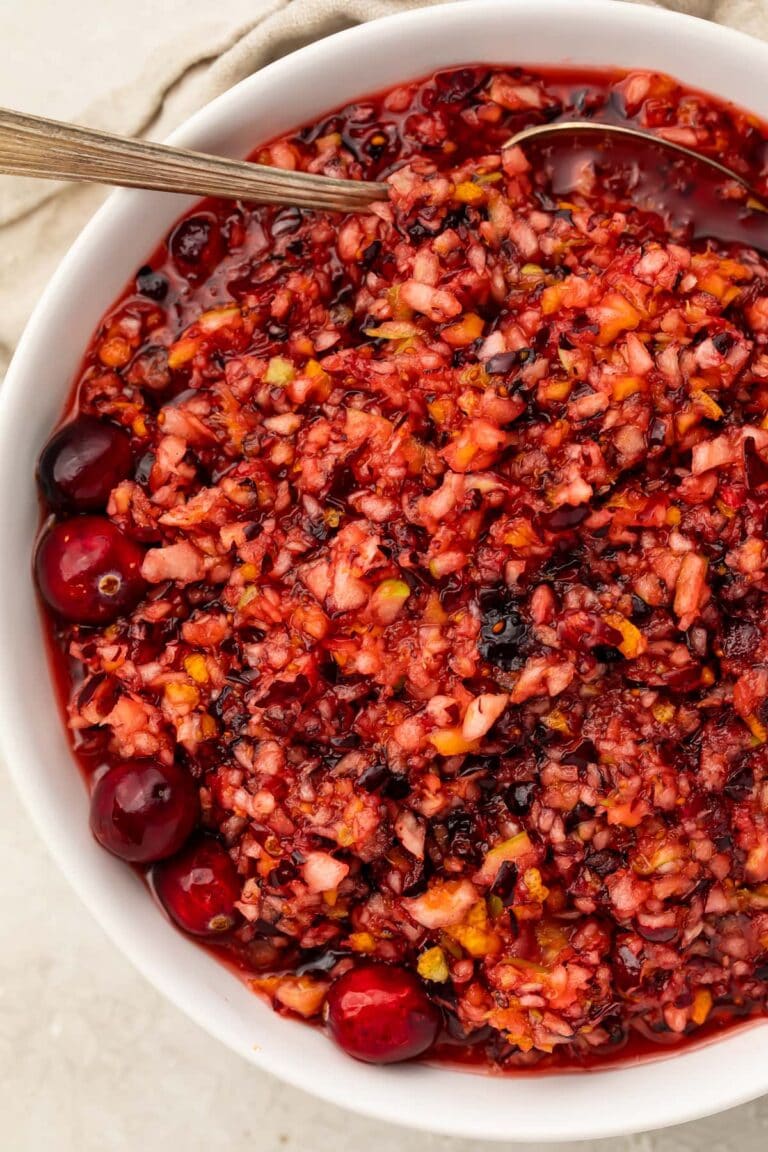



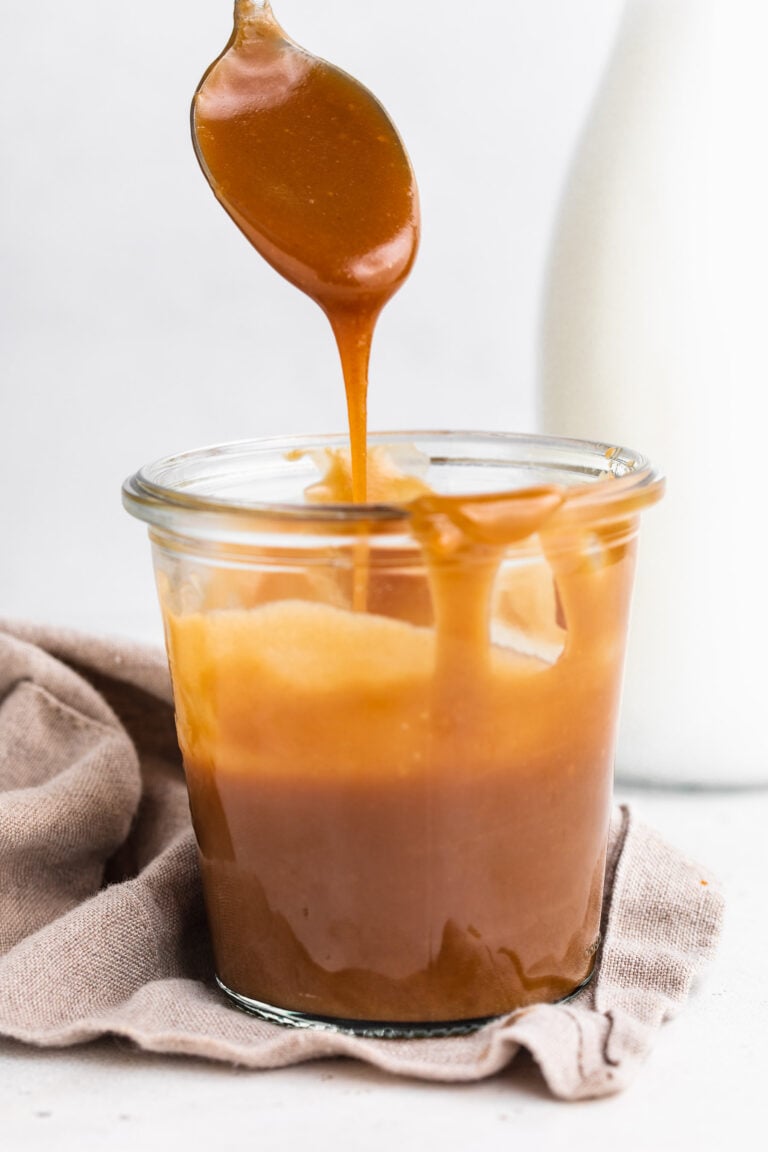
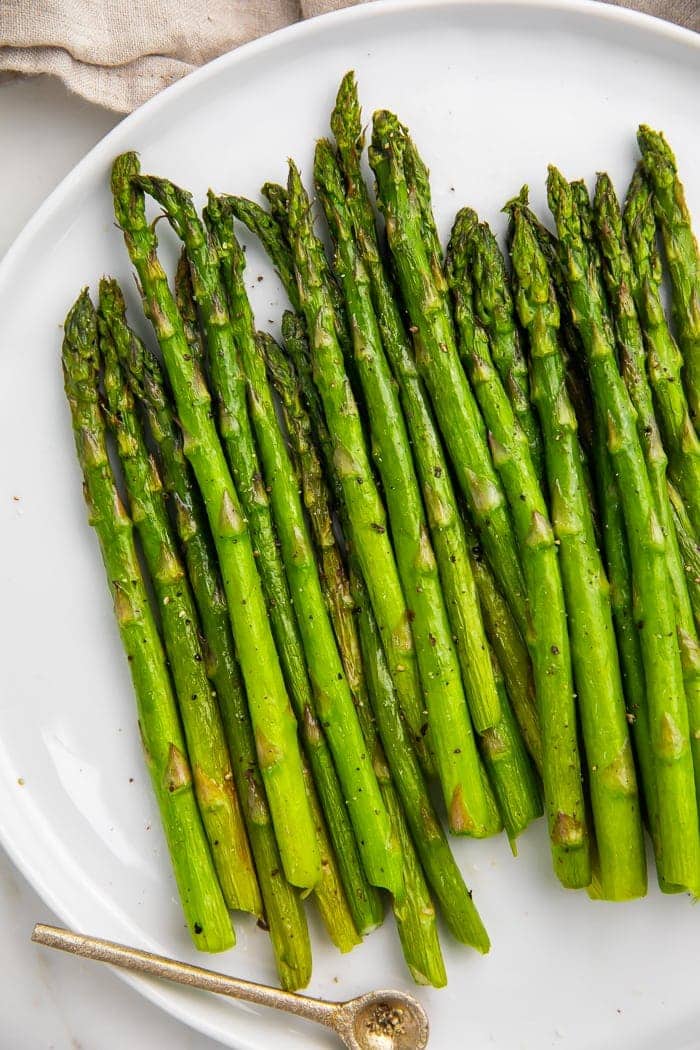










Never Miss A Meal!
New Recipes Straight To Your Inbox
A curated selection of our most recent recipes, delivered straight to your inbox once a week.
Thank you!
You have successfully joined our subscriber list.